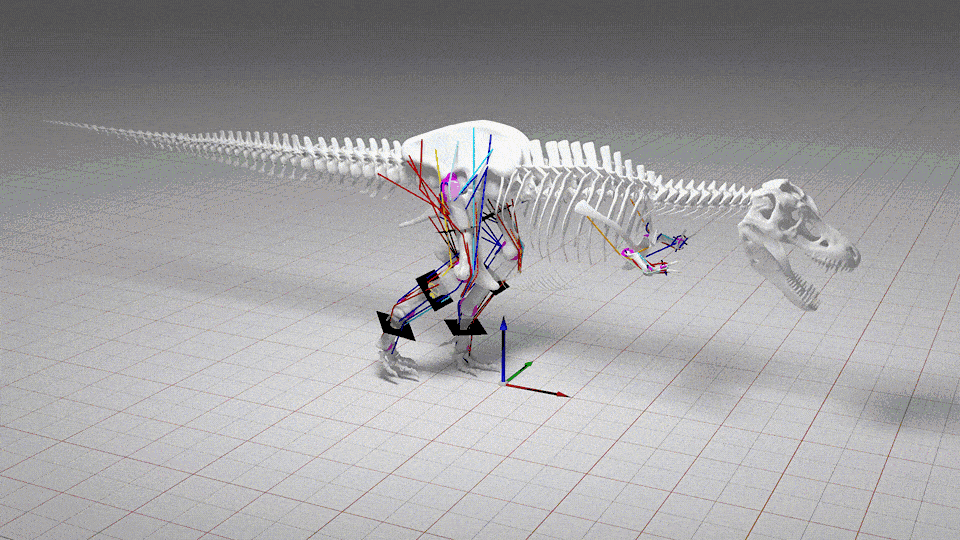When you purchase through radio link on our web site , we may earn an affiliate commission . Here ’s how it works .
Researchers have identified a newfound sauropod coinage that was the largest of its kind and one of the last bread and butter members of its kinfolk .
Paleontologists first discovered fossils from the species , now namedSidersaura marae , in 2012 in the Huincul Formation in Argentina ’s Neuquén Province . It took investigator multiple dig over several year to retrieve the elephantine dinosaur parts , which came from four individuals , according to a study publish Jan. 3 in the journalHistorical Biology .

The newly described sauropod Sidersaura marae lived during the Cretaceous period in what is now Argentina. We see the predator Meraxes gigas in the background.
The newly divulge animals probably died in a dingy area near a river , and while magpie and water displaced some of their bone , many were preserved . research worker obtain one of the new sauropods lying next to agiant meat - eating dinosaurcalled Meraxes gigas , bring out in 2022 , while the other three were 65 foot ( 20 meter ) away .
S. marae ’s fossil are around 93 million to 96 million years previous and date from the early stages of the lateCretaceousperiod ( 100.5 million to 66 million years ago ) , which represents the last swansong of the dinosaurs before adevastating asteroid strikewiped out the non - avian dinosaur .
The newfound sauropod were up to 65 feet long and weighed 16.5 ton ( 15 measured tons ) . There are muchlarger dinosaurson record , butS. maraeis a rebbachisaurid sauropod — which normally librate up to 10 tons ( 9 metric gobs ) — raise interrogation about how theseanimals maturate to be so big .

Sidersaura maraewith a human outline for scale.
" This discovery spread out the airfield to unexampled investigating and research in guild to study how these animals could get to these immense size , " study lead authorLucas Nicolás Lerzo , a doctoral scholar at Maimónides University in Argentina , severalize Live Science .
Rebbachisaurids were a mob of sauropods with duck - like aspect that fed on vegetation near to the basis , according to astatementreleased by the Argentine National Scientific and Technical Research Council ( CONICET ) .
Related : Humongous , 100 - foot - prospicient dinosaur from Argentina is so big its fossils broke the route during transport

Lerzo began hit the books the bones in 2017 and found that many features separated them from other rebbachisaurids . Some of those differences were connect to the newfangled metal money ' massive size . For example , the hind limbs ofS. maraewere much more robust than those of its relatives , believably to support more weight .
The investigator namedS. maraeafter the unusual stellar figure of its haematal arches — bony structures in the tail . Sidersauracombines " sider , " the Latin Holy Writ for maven , with the Greek word " saura , " mean " lizard " or " reptilian . "
— Dinosaur fingerbreadth os from Lesotho rock candy shelter suggests Africans discovered fogy hundred before British did

— Giant ' Draco of destruction ' with 30 - foot wingspread unearth in Argentina
— Mummified skin from creature that lived 290 million years ago is older than the dinosaurs
Lerzo and his team also look at the evolutionary relationship between the new species and other rebbachisaurids . The study author noted thatS. maraewas more closely come to to older member of the grouping from the early Cretaceous , rather than to other tardy Cretaceous rebbachisaurids .

The discovery sheds new luminance on the evolution of the rebbachisaurid family just as their prison term was coming to an end . Rebbachisauridae go extinct around 90 million years ago , soS. maraewas among the last to walk Earth . " It ’s the last form of the mathematical group , " Lerzo said .















